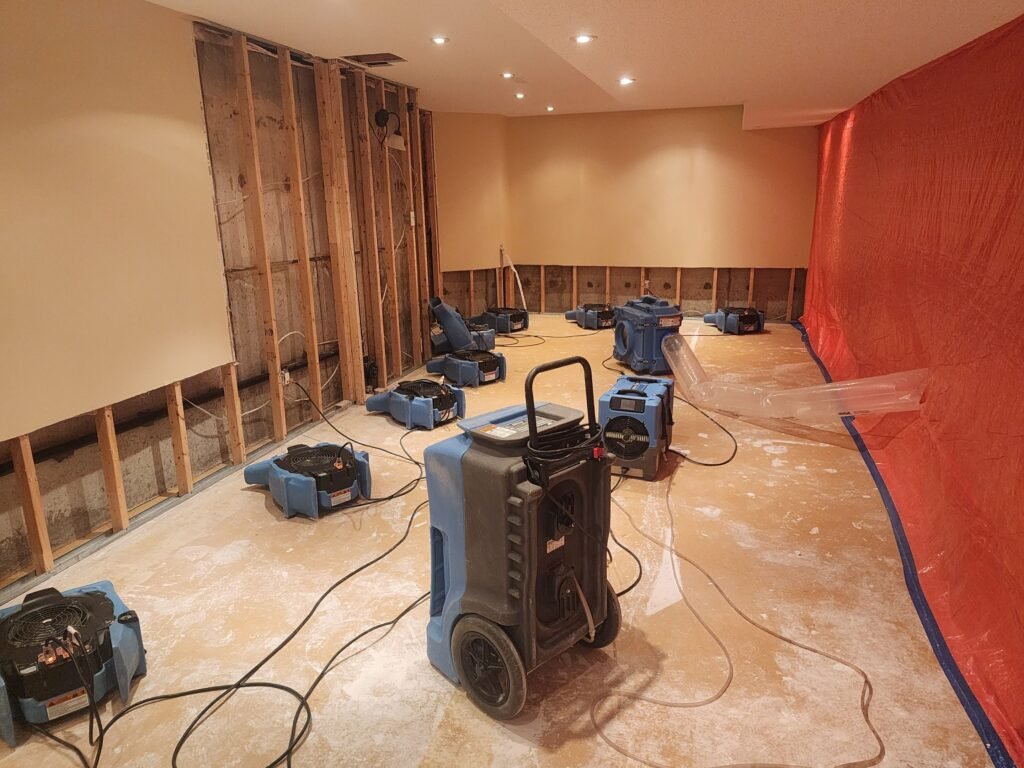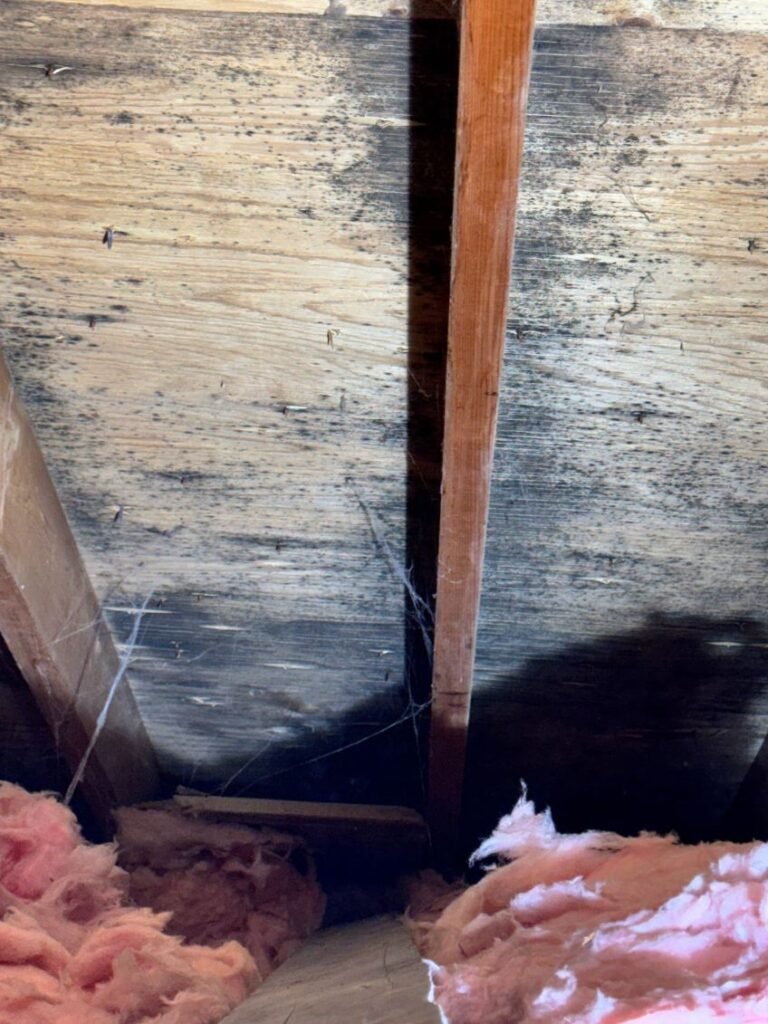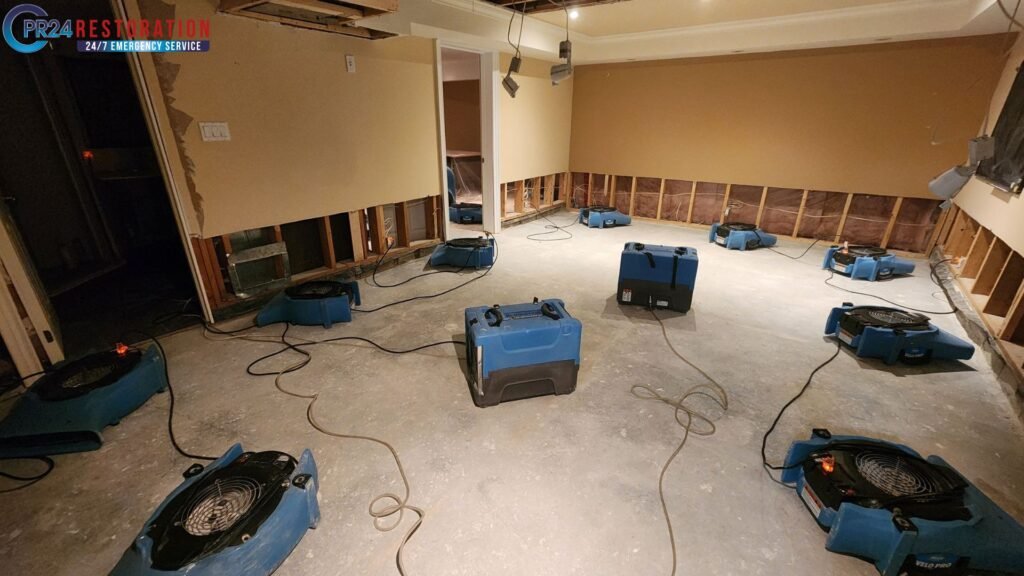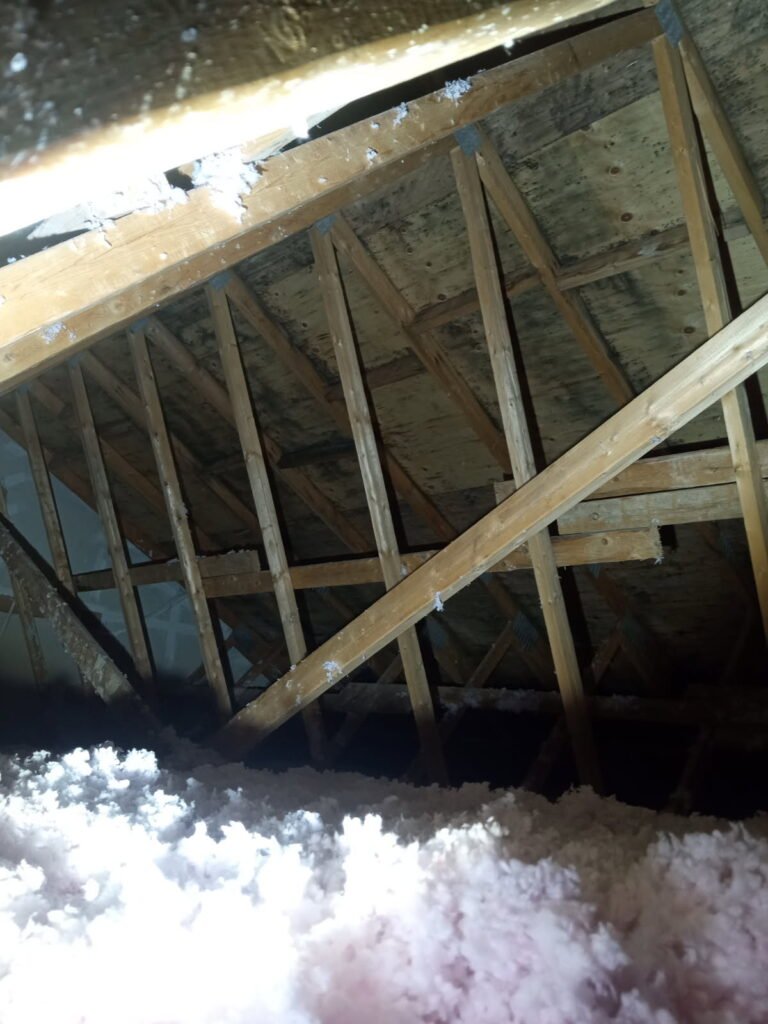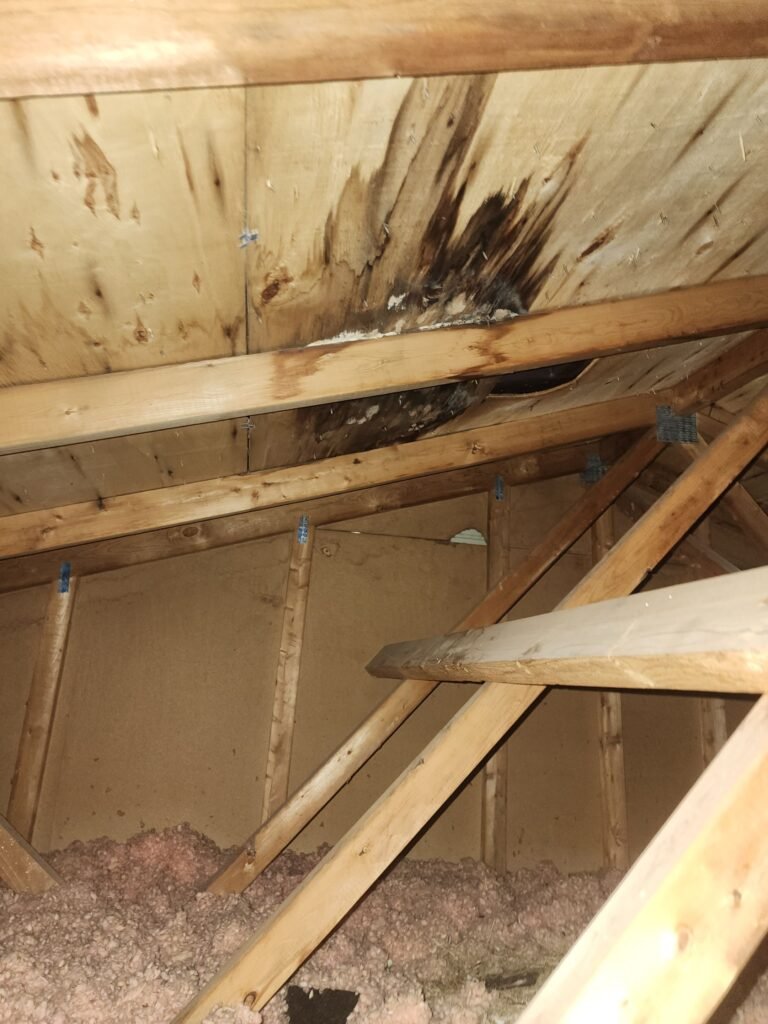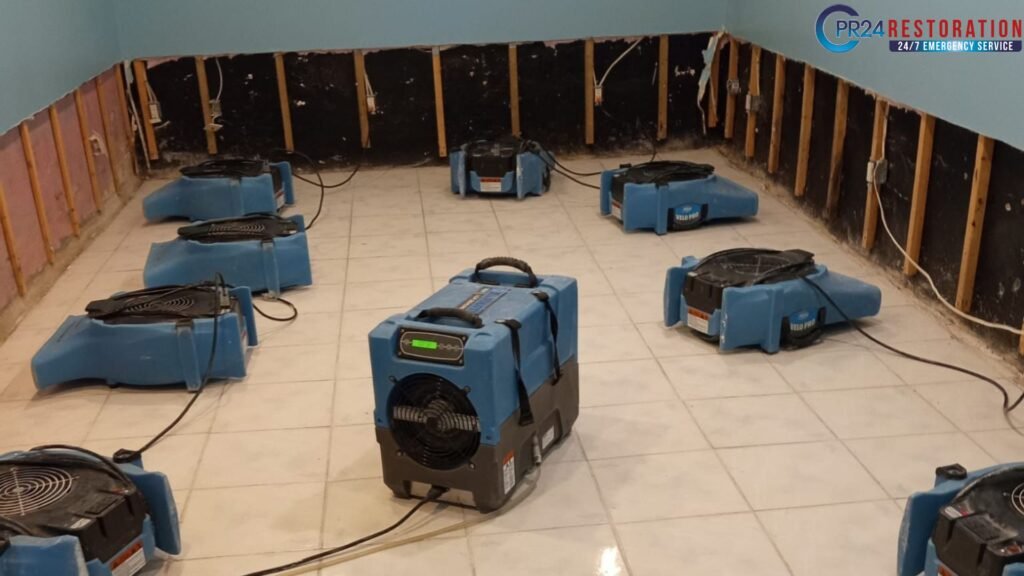Mold Removal Services Bridle Path
Our mold removal services in Bridle Path have helped homeowners remove 1.87 million pounds of moldy debris since 2002. When you find mold in your home, it can be worrying. That’s why our certified professionals give Bridle Path-Sunnybrook-York Mills residents complete mold remediation Bridle Path solutions. We’ve spent over 17 years perfecting our approach to mold inspection, air quality testing, and mold removal in Toronto. Our licensed technicians use eco-friendly techniques that work against all types of mold infestations. They’ve earned remarkable customer ratings of 4.98 out of 5 stars from nearly 400 reviews. Since mold poses serious health risks, we use advanced equipment and tools to remove it safely and permanently. Mold commonly grows in Bridle Path homes. In this article, we will explain our mold removal process. We will also discuss why you need professional mold help nearby to keep your home healthy. Our specialized services tackle everything from basement moisture to attic contamination based on your specific needs. Understanding Mold Problems in Bridle Path Bridle Path’s unique features create the perfect environment for mold to grow year-round. Homeowners can protect their properties by understanding what causes this problem. Why mold is common in Bridle Path homes The local climate plays a vital role in mold development. Toronto experiences humid summers and cold winters that create ideal conditions for mold growth. Regular rainfall leads to moisture buildup, particularly in basements and areas with poor ventilation. This affluent neighbourhood’s homes typically feature large basements that struggle with humidity because they sit below ground. The freeze-thaw cycles during Toronto winters can make foundation cracks wider, letting water seep inside. Large attics in Bridle Path properties rank among the most common spots for hidden mold growth in the GTA. Mold can spread rapidly because homeowners rarely check these spaces. This unchecked growth damages insulation and reduces air quality. Health risks associated with indoor mold Indoor mold poses serious health risks to Bridle Path residents. Scientists have found more than 270 mold species in Canadian homes. Many of these produce allergens, irritants, and some create potentially toxic substances called mycotoxins. Common health reactions include: Elderly people, pregnant women, infants, and young children are at higher risk from mold. People with allergies or weak immune systems are also at risk. Health Canada states that indoor mold might cause health hazards and lead to asthma, bronchitis, and respiratory infections. How to spot early signs of mold Quick detection helps prevent extensive mold damage in your Bridle Path home. Watch for gray, black, green, or bluish spots along grout lines, walls, or other surfaces. Mold can look powdery, fuzzy, or slimy. Hidden mold often reveals itself through a persistent musty, earthy, or sour smell. Your home might have hidden mold if you notice these smells but can’t find their source. Water stains, peeling paint, or warped floors, walls, or ceilings can signal a mold problem. Your body might also warn you – allergic reactions that get better when you leave home could point to mold. Your Bridle Path property needs regular checks. This is especially important in areas that can get wet, like bathrooms, kitchens, basements, and around windows. Types of Mold Removal Services Offered We offer specialized mold removal solutions that work for every part of your property. Each mold type needs specific expertise and equipment to eliminate the problem and stop it from coming back. Attic mold removal Attics are prime spots for mold growth, but they create unique challenges for remediation teams. The confined space needs specific tools and techniques to completely remove mold. Our professional attic mold remediation uses several advanced methods. Dry-ice blasting shoots dry-ice pellets at high speeds to remove mold without damaging wooden structures. Our experts also use soda blasting for sensitive areas or UV light treatments to kill mold spores. We keep the mold contained with negative air pressure systems and HEPA filtration to prevent it from spreading. Basement mold remediation company Bridle Path Water seepage and high humidity levels often cause basement mold problems. Our basement mold removal service takes a detailed 360-degree approach to tackle all contributing factors. We check humidity control, basement insulation, and look for structural weak points. Quick action is crucial with basement mold. Any delay in remediation leads to more damage and much higher restoration costs. Our certified technicians provide customized solutions so you pay only for what you need. Bathroom and kitchen mold treatment Bathrooms and kitchens create perfect conditions for mold because of constant moisture exposure. Tile grout, areas around drains, walls, and wallpaper are common trouble spots. We combine deep surface cleaning with preventive measures to keep mold from returning. Stubborn bathroom mold requires specialized antimicrobial solutions that kill spores without harming fixtures or surfaces. We also help you prevent future problems with better ventilation and moisture control techniques. Commercial mold removal services Business properties need fast mold remediation to protect operations and employee health. Mold spreads through commercial spaces within 48-72 hours and can cause what experts call “sick building syndrome” among workers. Our commercial mold services give you detailed inspections with advanced detection equipment, professional containment systems, antimicrobial treatments, and structural restoration. We follow strict IICRC guidelines while keeping disruption to your business minimal. Our Bridle Path Mold Removal Process Explained Professional mold removal begins with a careful process. This process completely removes mold and stops cross-contamination. Our step-by-step approach delivers results that work for Bridle Path homes. Original mold inspection and air quality testing Our certified technicians check your entire property before tackling mold problems—not just the areas you can see. We start with visual checks for water damage and mold growth, then move on to specialized testing. These tests use laser particle counts to spot problematic airborne contaminants. We also check carbon monoxide, carbon dioxide, temperature, humidity, and dew points to find problem areas. Thermal imaging helps us spot hidden moisture that regular inspections might miss. Containment and safety measures Good containment stops mold spores from spreading to clean areas. Spaces between 10-100 square feet need limited containment with one layer of 6-mil fire-retardant polyethylene sheeting. Bigger areas over 100 square feet need full containment with double polyethylene


